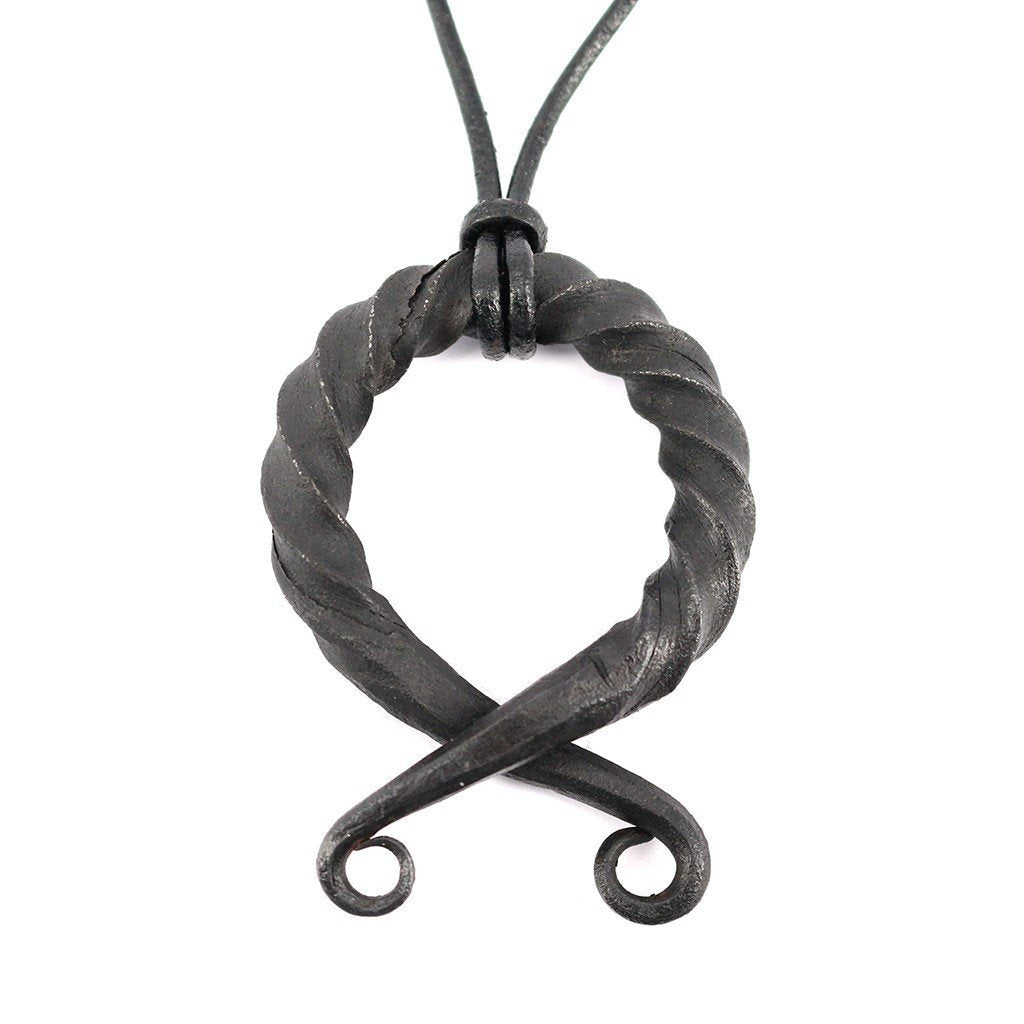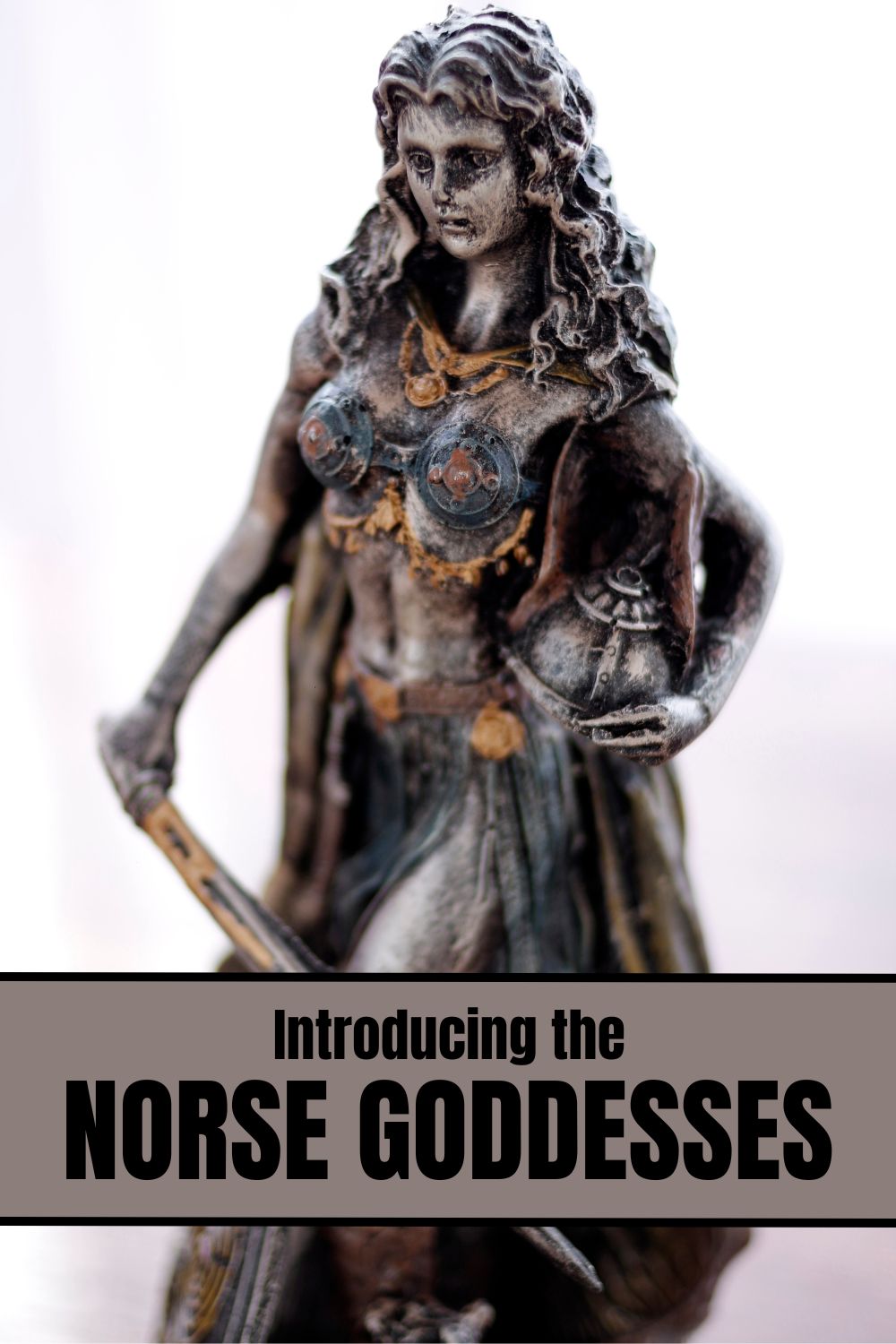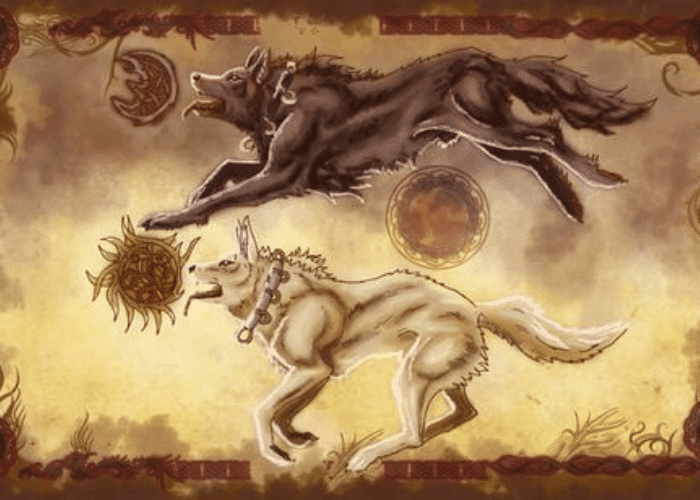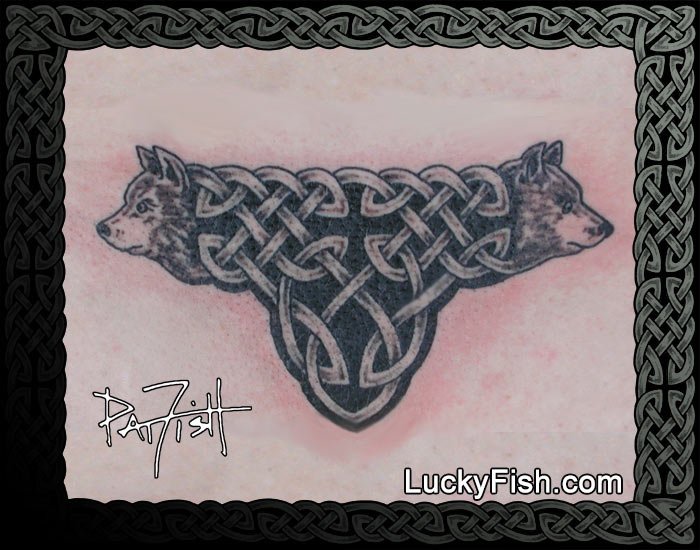Discover the History and Meaning of Troll Cross Tattoos
– The troll cross is a bent piece of iron worn as an amulet to ward off malevolent magic.
– It represents the Norse symbol of protection and decreases the chances of falling into danger.
– The troll cross was first created as a piece of jewelry by Kari Erlands in the late 1990s.
– It bears resemblance to the othala rune in Elder Futhark and Anglo-Saxon runic writing systems.
– The troll cross is a symbol from Norse mythology and is associated with Scandinavian folklore.
– Trolls were believed to have the ability to shape-shift and control the weather.
– In Viking culture, trolls symbolized danger and power, teaching lessons about courage and strength.
– Trolls were believed to possess immense strength and knowledge of healing remedies.
– The Viking troll cross is a symbol originating from pre-Christian Norse culture.
– It combines a circle with two intertwined loops.
– It was believed to ward off evil spirits and bring good luck.
– It is believed to provide physical and spiritual protection.
– It is now important for modern-day practitioners of Norse Paganism and Asatru beliefs.
– It is used as an amulet or talisman for protection against evil forces.
– It is believed to ward off trolls and other malicious creatures.
– It is said to defend against evil spells and curses.
– The Viking troll cross tattoo has become increasingly popular.
– It represents protection from trolls and other evil forces, as well as good luck and fortune.



